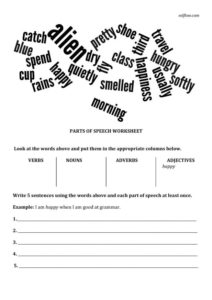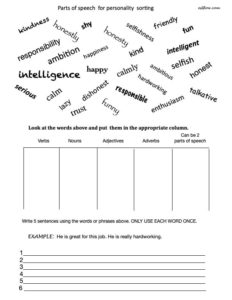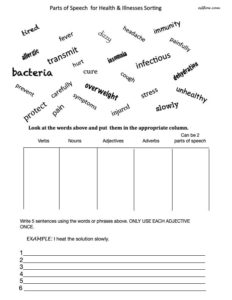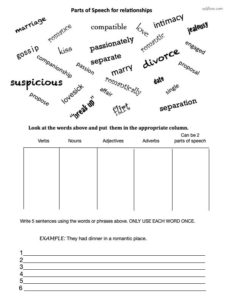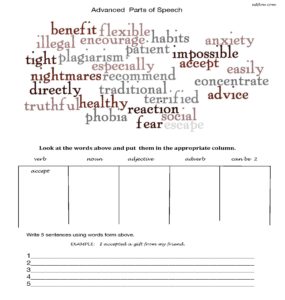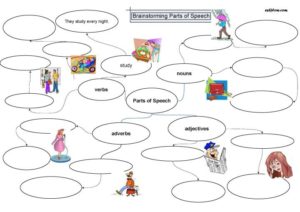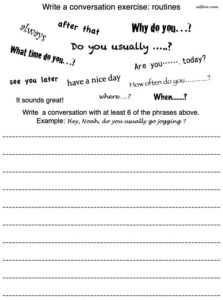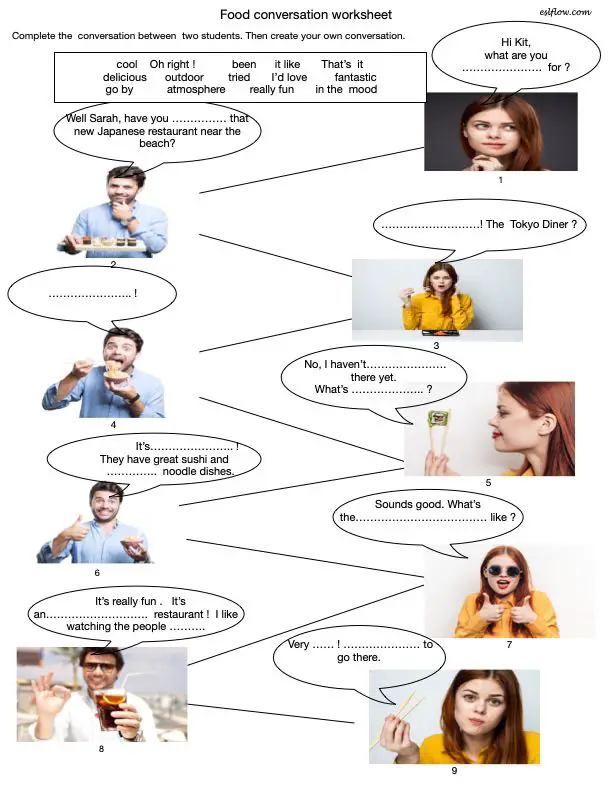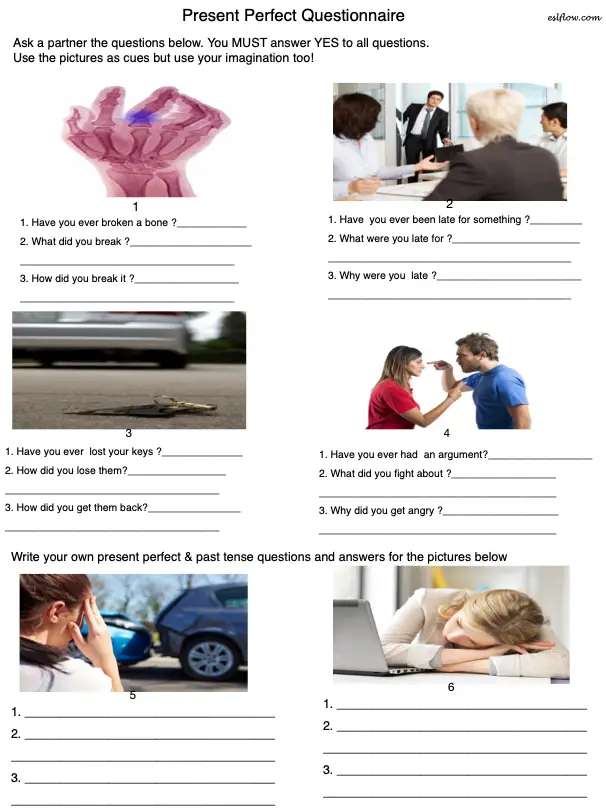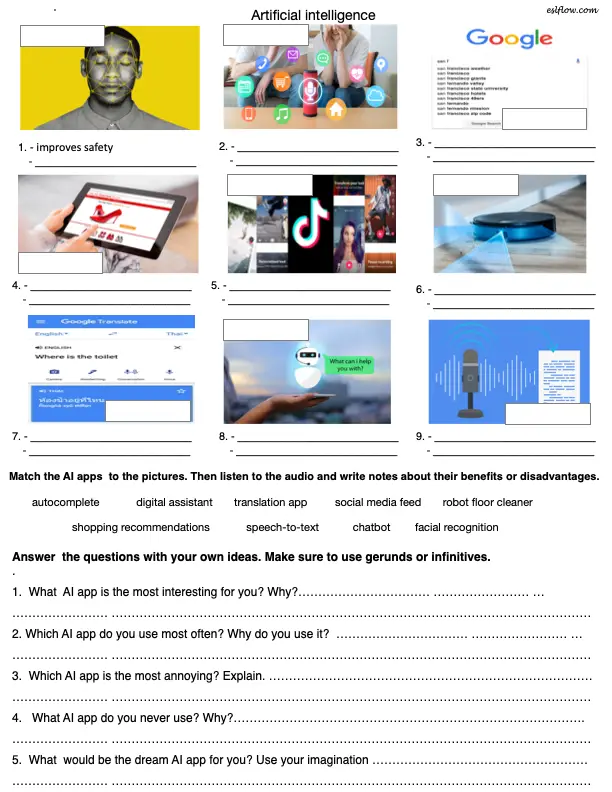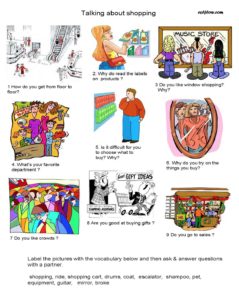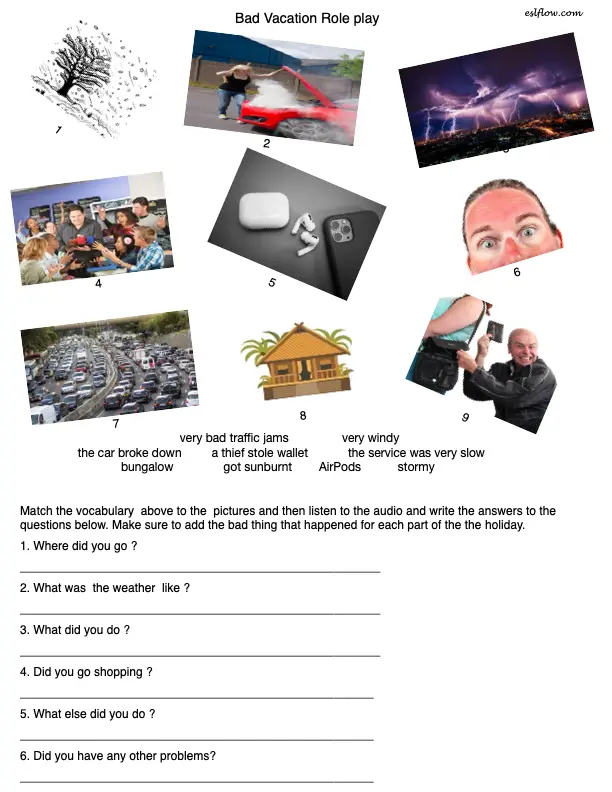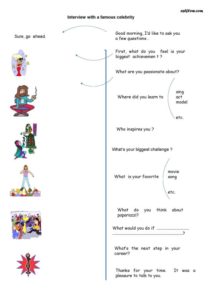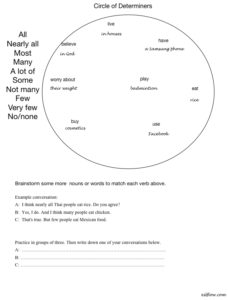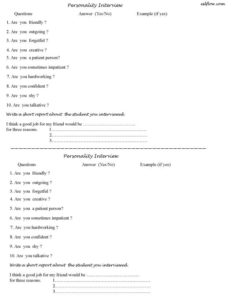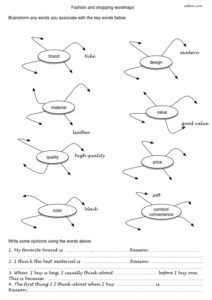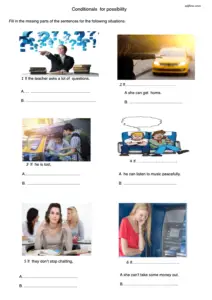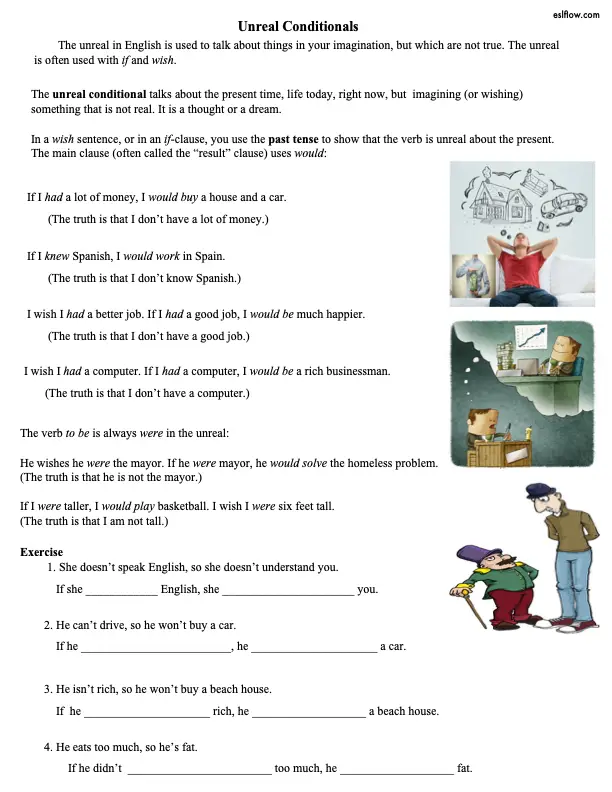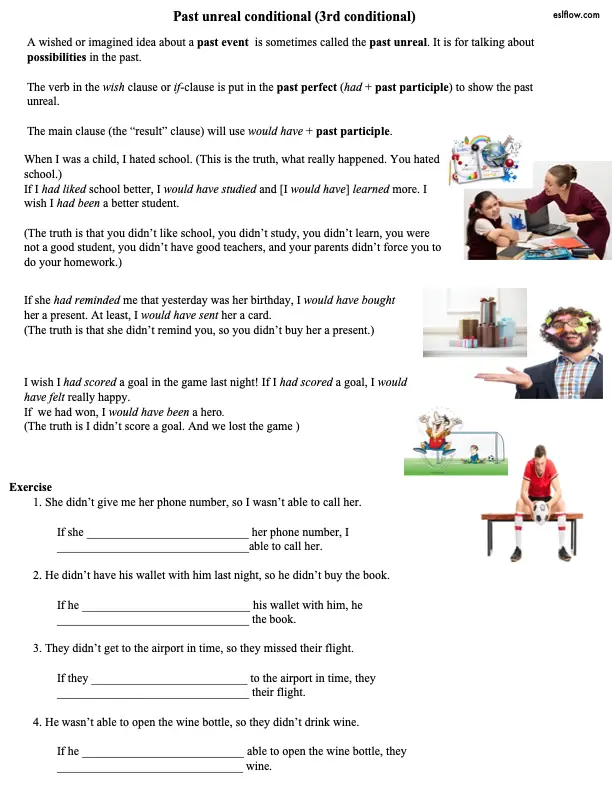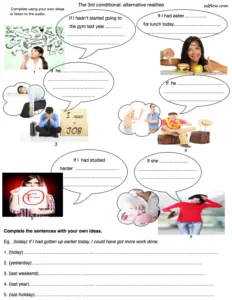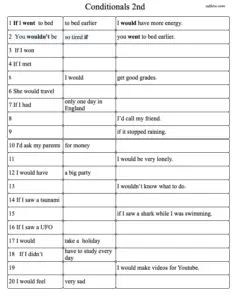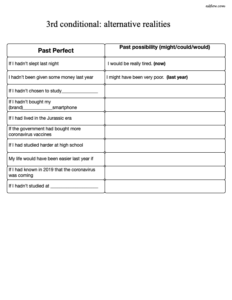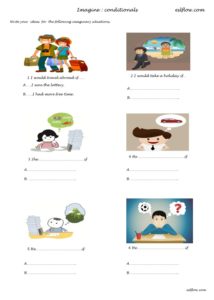Parts of Speech Vocabulary and Language Exercises
Understanding the parts of speech is fundamental to learning the English language. Sorting exercises help students become familiar with different types of word formation. The exercises below can be used to introduce, review or reinforce students’ knowledge of the parts of speech.
The two most common exercises for basic parts of speech:
1. Have students identify parts of speech.
2. Have students create a sentence using a certain part of speech.
1 Understanding elementary parts of speech
This is an elementary ESL sorting exercise for practicing the parts of speech . First, the students sort the words into the appropriate columns. Then they try to write sentences using the words.
Understanding 4 parts of speech (PDF)
Subscribe to Eslflow
Subscribe to get full access to the latest and best resources from eslflow.com. There are no ads in the newsletter and you will receive entertaining, high quality, and up-to-date teaching resources regularly. And, if you subscribe, you will be supporting the eslflow website.
2 Parts of speech for neighborhoods (with answers)
This is a fairly elementary parts of speech exercise for elementary language that students need to know when talking about their homes, local communities and neighborhoods.
Parts of speech for neighborhoods (PDF)
3 Parts of speech sorting for personality
When you look at the grammar of personality, it is quite interesting that most of the words are adjectives. But it is worth helping students get to know the noun forms of these adjectives too.
Parts of speech for personality (PDF)
4 Health vocabulary parts of speech sorting
Another specific topic that is great as a parts of speech sorting exercise is health. The language of health has such a wide variety of word formations that it becomes quite obvious why it is very difficult for second language learners.
5 Parts of speech for relationships sorting
Parts of speech for relationships is a worksheet and sorting activity to help deepen students’ knowledge of the vocabulary of love, romance and relationships.
Relationships parts of speech (PDF)
6 Advanced parts of speech sorting
I had to teach a group of words and I thought I’d just do a sorting exercise to reinforce the vocabulary a bit. But I gradually realized that this set of words was a pretty good demonstration of a variety of noun endings. Students were pretty curious about the endings and so this exercise worked really well.
Advanced parts of speech (PDF)
7 Writing sentences for the parts of speech
This is an elementary ESL exercise for practicing the parts of speech by writing sentences. It is a good way to guage the students’ knowledge of basic grammar. First, the students match the words to the pictures. Then they try to write sentences using the words.
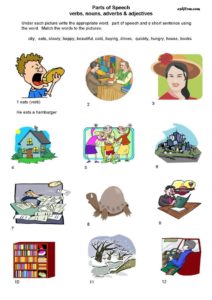
Writing sentences for parts of speech (PDF)
8 Brainstorming elementary parts of speech
The exercise below is for introducing, reviewing or reinforcing commonly used parts of speech. Depending on the level and ability of the students, a teacher may ask students to work in groups or work independently. This activity works really well as simultaneously an individual, group and class activity. While students work independently the teacher can walk around and choose some of the best ideas and write them on the the brainstorming diagram (which they have already drawn) on the board.
Brainstorming parts of speech (PDF)
Related Resources:
Comparative adjective exercises
Teaching Gerunds and Infinitives
10 Adjectives Exercises Including Adjectives for People and Things
6 Picture-Based Present Continuous Worksheets (PDF)
8 Preposition Exercises for Location, Time and Movement (PDF)
5 Useful Passive Voice Practice worksheets
6 Present Perfect Language and Speaking Worksheets
Incredibly Useful Past Tense Simple Teaching Activities (PDF)
8 Preposition Exercises for Location, Time and Movement (PDF)
